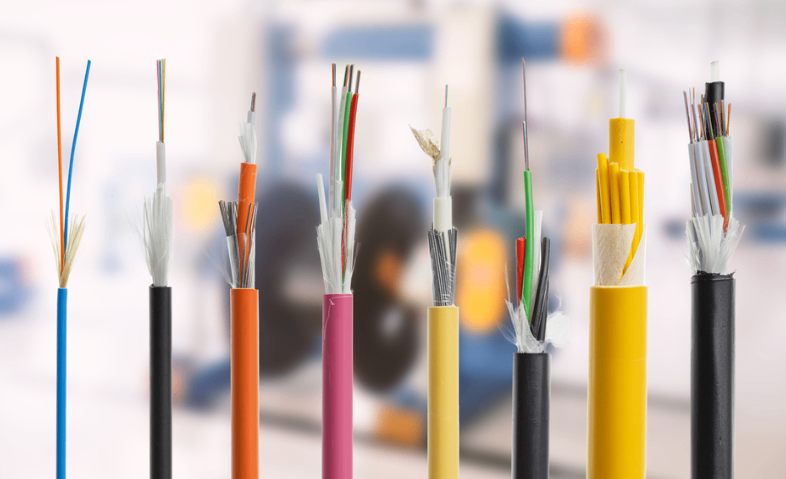Oufu Optical Fiber Cable Co.,Ltd
Address: Shenyang, Liaoning, China
Contact person: Manager Zhang
Phone: 400-964-1314
Mobile phone: +86 13904053308
【whatsapp && wechat】
2024-03-29 1897
Selecting the Appropriate Multimode Fiber Type and Specification
Choosing the right multimode fiber type and specification involves considering various factors such as transmission distance, bandwidth needs, cost budget, and application scenarios. Here's a guide to assist you in making an informed decision:

www.adsscable.cn
Understand Your Application Requirements:
Transmission Distance: Determine the communication distance required. Multimode fiber is often suitable for shorter distances, such as within buildings or campuses. For longer distances, single-mode fiber may be preferred.
Bandwidth Needs: Identify the bandwidth size required for your network. High-bandwidth applications like data centers or HD video transmission may demand higher-performance multimode fiber.

Select the Right Fiber Type:
OM Series: Choose a fiber type based on OM standards (e.g., OM1, OM2, OM3, OM4, and OM5). OM3 and OM4 fibers offer higher data transmission rates, suitable for high-speed applications. OM5 fiber is specifically designed for ultra-high bandwidth and long-distance transmission in data centers.
Core Diameter: Multimode fibers typically have a core diameter of 50μm or 62.5μm. The 62.5μm core diameter is more common, while the 50μm core diameter is used in higher-performance fibers.
Consider Fiber Transmission Characteristics:
Dispersion and Loss: Choose fibers with low dispersion and loss to maintain signal stability and clarity.
Transmission Modes: Decide whether linearly polarized (LP) modes or non-LP modes are suitable for your application. LP mode fibers may offer advantages in certain scenarios.

Cost and Availability Considerations:www.adsscable.cn
Cost: Different types and specifications of fiber vary in cost. Select a fiber that offers the best value for your performance requirements.
Availability: Ensure the selected fiber is easily accessible and replaceable in the market for maintenance and upgrades.
Consult Experts:
If you're unsure about fiber selection, consult with experts or suppliers in the field of fiber optic communications for professional advice.
Lastly, it's essential to note that fiber selection is not just about types and specifications but also about compatibility with connectors, couplers, and the entire network architecture. Ensure the chosen multimode fiber is compatible with your network system and equipment to ensure seamless integration and optimal performance.
Illustrations:
Unfortunately, as a text-based AI model, I am unable to provide illustrations or images directly. However, you can search for images related to multimode fibers, OM series standards, fiber transmission characteristics, and other relevant topics online. These images can help visualize the different fiber types, their structures, and how they are used in various applications.www.adsscable.cn
Remember to consider the quality and relevance of the images you choose to ensure they accurately represent the information you're presenting. You can use these images to accompany your text when presenting or explaining your fiber selection process.
Please note that due to copyright and licensing issues, it's important to ensure you have the necessary permissions to use any images you find online. Consider using images from trusted sources or creating your own illustrations if needed.